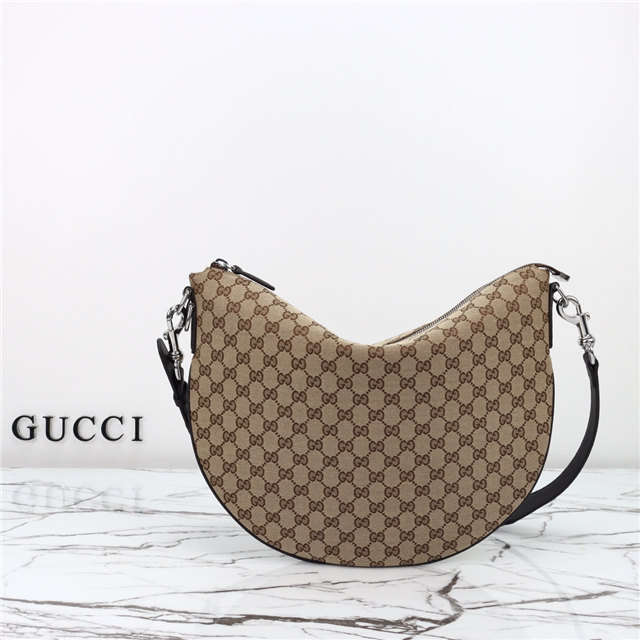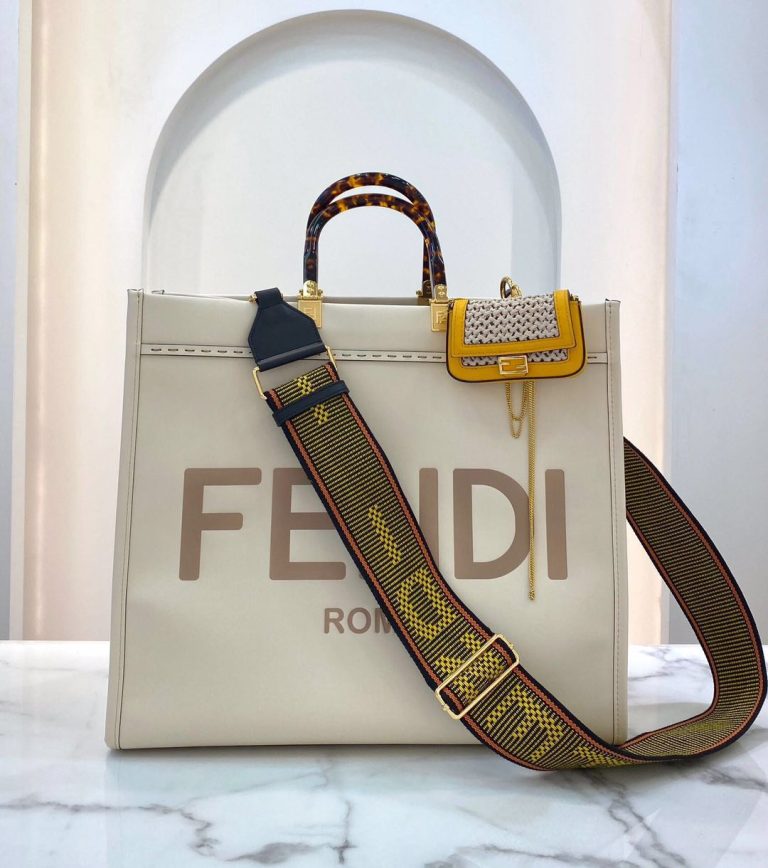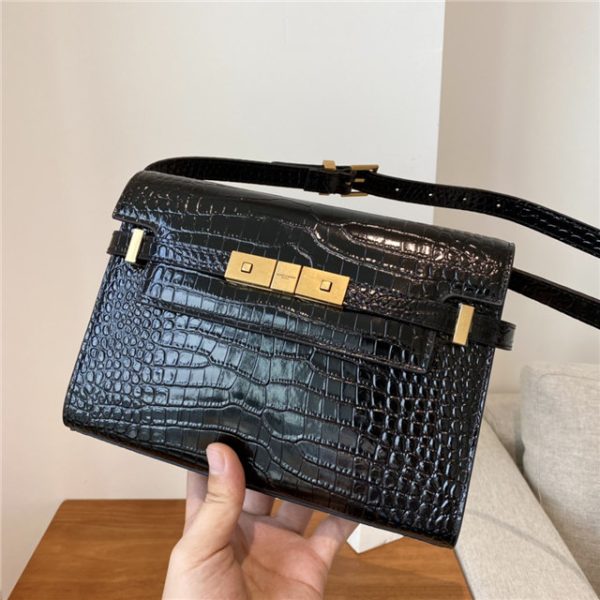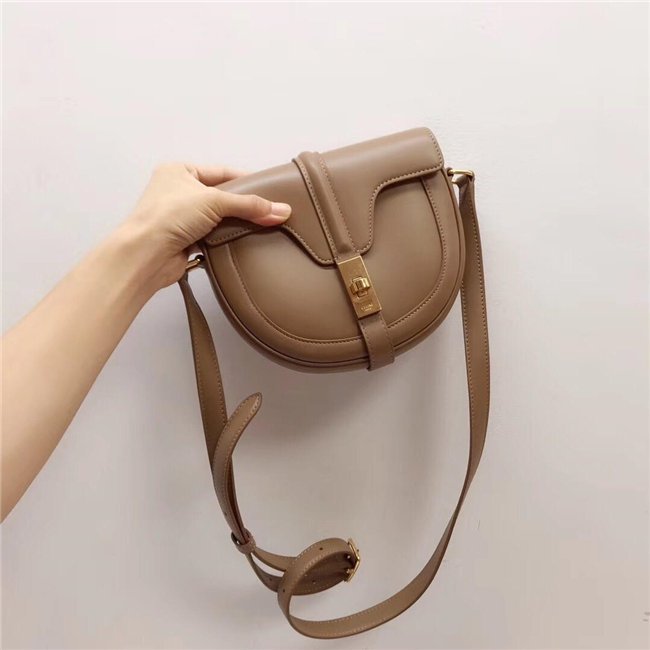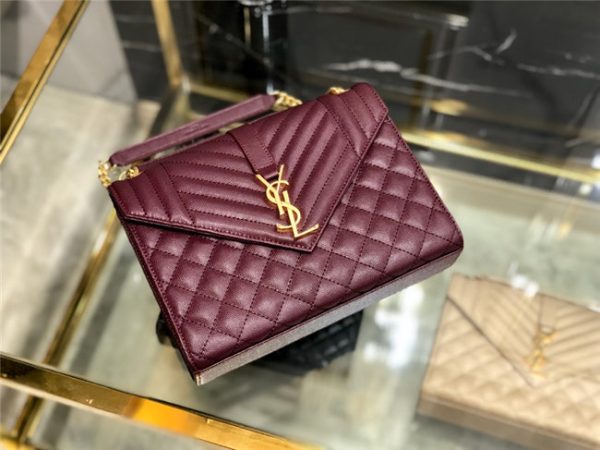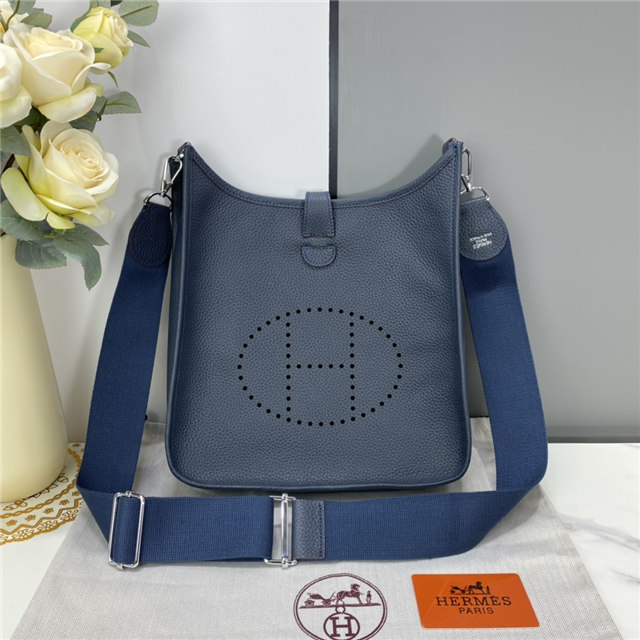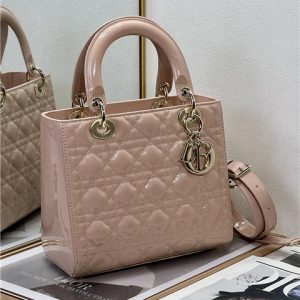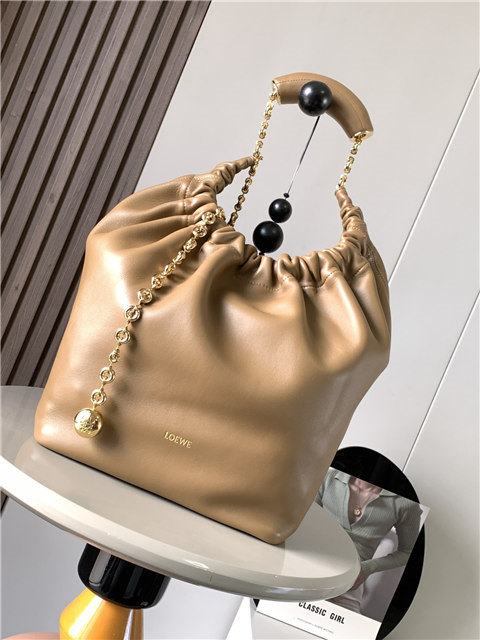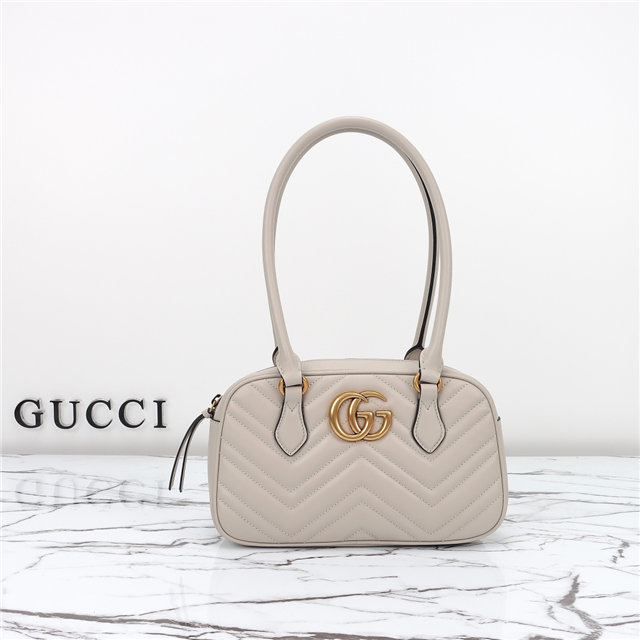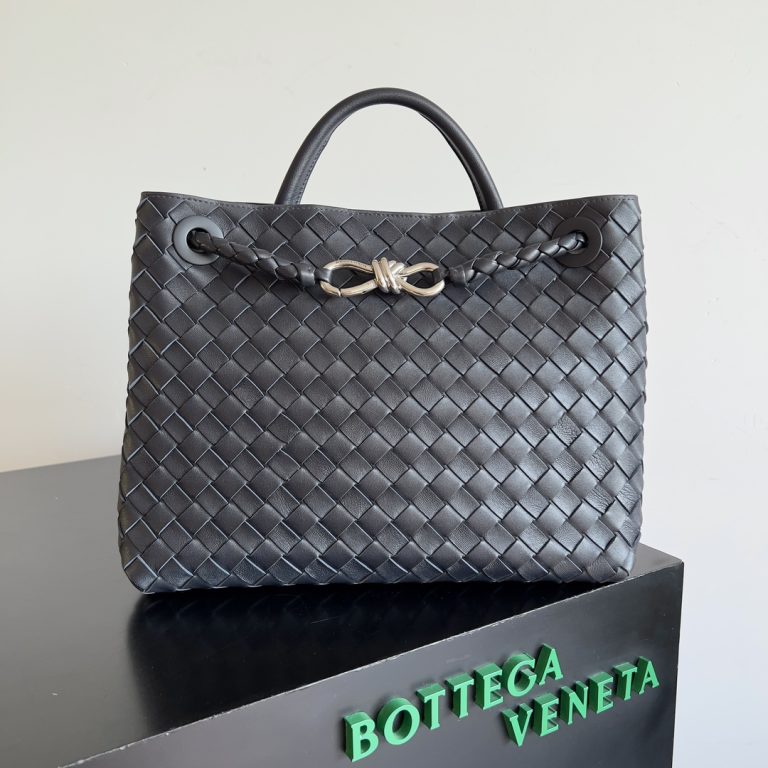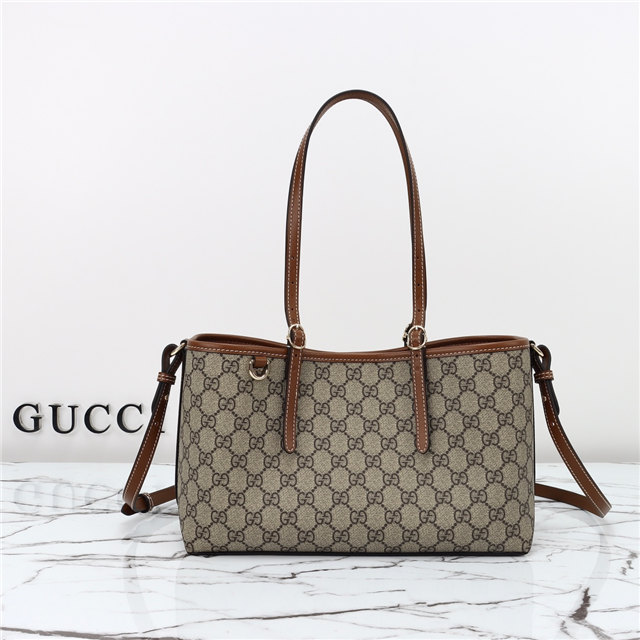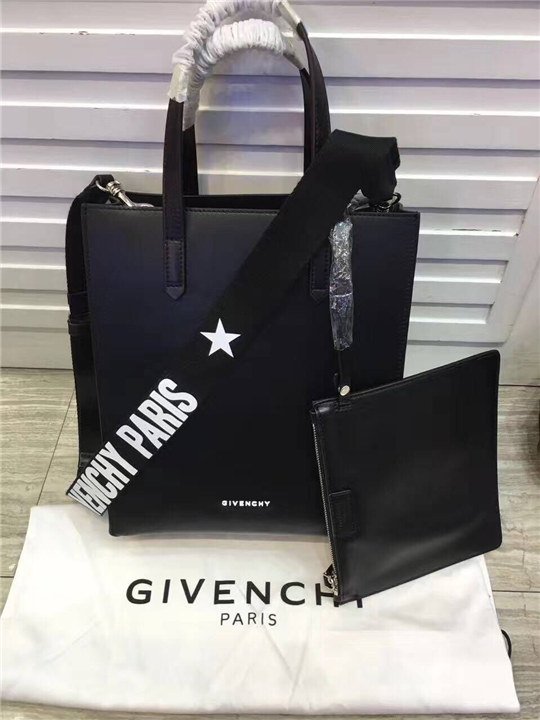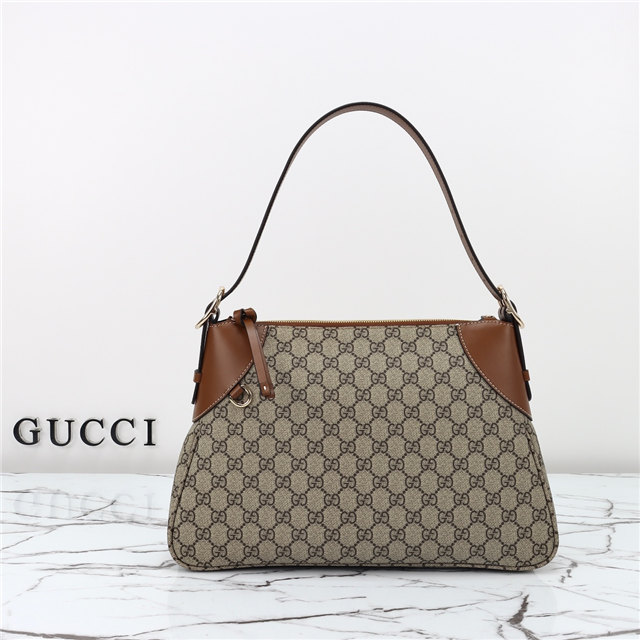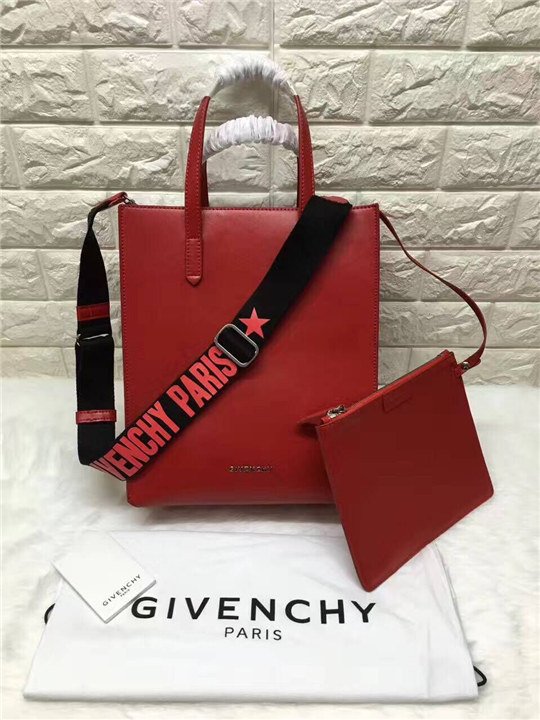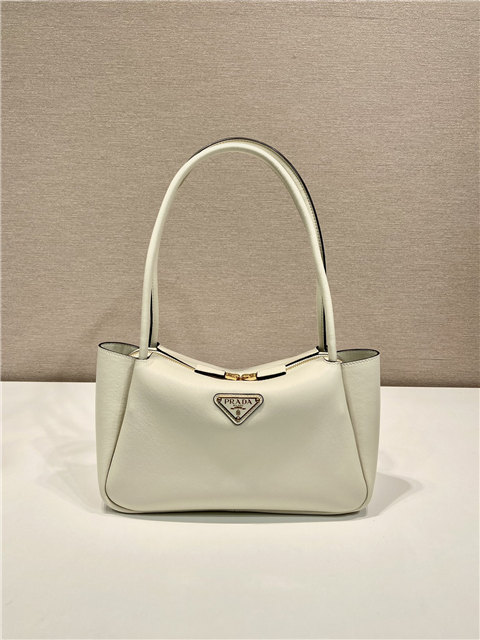First off, the packaging. Don’t just glance at it. *Really* look at it. Like, pretend you’re a detective or something. Is the cellophane wrapping all wonky? Are there any spelling errors? Trust me, those counterfeiters aren’t exactly known for their attention to detail. A legit bottle will have super crisp, clean printing. If the box feels flimsy, like it’s gonna disintegrate in your hands, that’s a major red flag. And speaking of the box…
Barcode! This is a big one. Authentic perfumes *always* have a barcode. No barcode? Run! Seriously, just walk away. Also, if the font on the box looks kinda off, or the layout seems weird, like someone designed it on Microsoft Paint (no offense to MS Paint artists!), then be suspicious. Like, *really* suspicious.
Now, let’s get to the juice itself. Smell is, obviously, key. But here’s the thing: if you’re already familiar with the real Si, this is gonna be easier. Fake perfumes often lack that depth and complexity. They might smell similar at first, but they fade super quickly, and they don’t have those layers of scent that a real perfume has. They’re kinda…flat, you know? One-dimensional. Like a cardboard cutout of a perfume.
And here’s where I’m gonna be totally honest: sometimes it’s *really* hard to tell. The counterfeiters are getting better and better! That’s why, if possible, I always recommend buying from reputable retailers. Like, a department store or a well-known perfume shop. Yeah, it might cost a bit more, but it’s worth it for the peace of mind, right?
Oh, and one more thing! The color of the perfume liquid itself. Check online images of the real deal and compare. If your bottle is a weird shade of orange when it’s supposed to be pink, you’ve probably got a fake.

